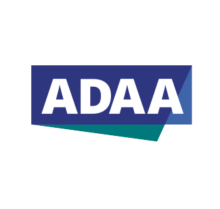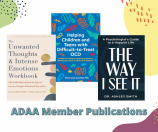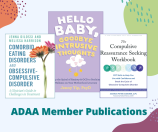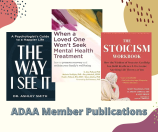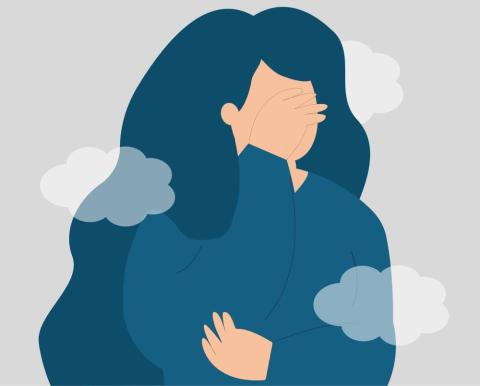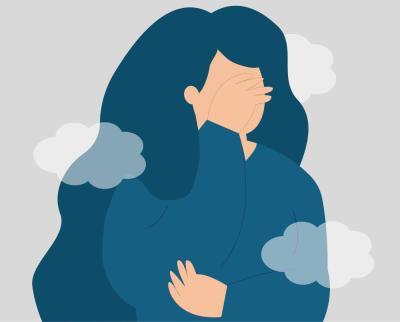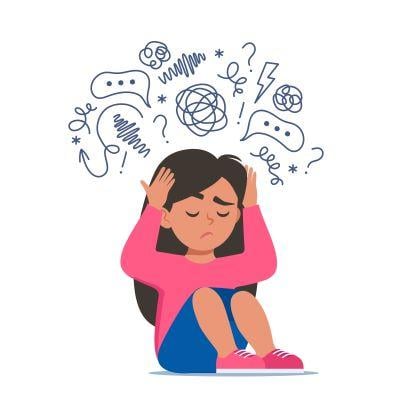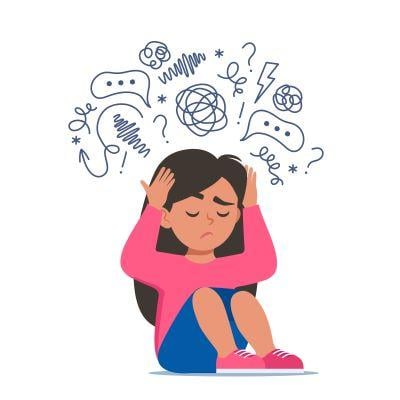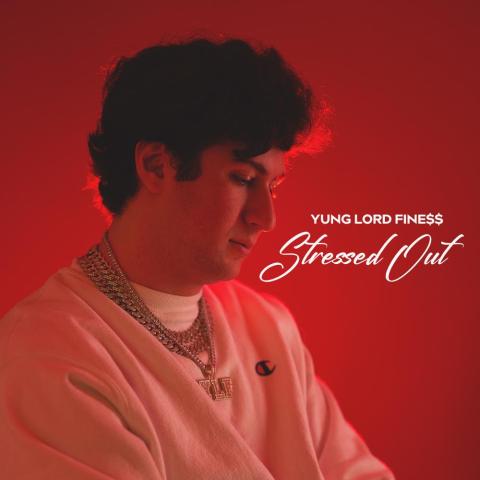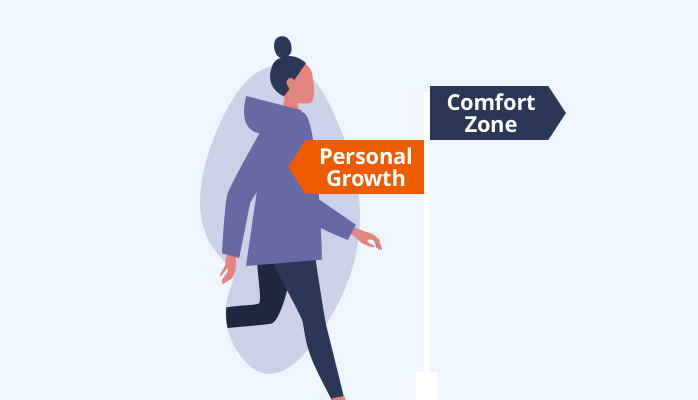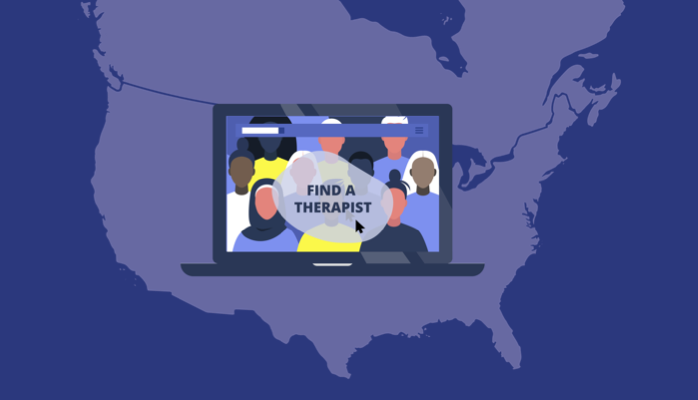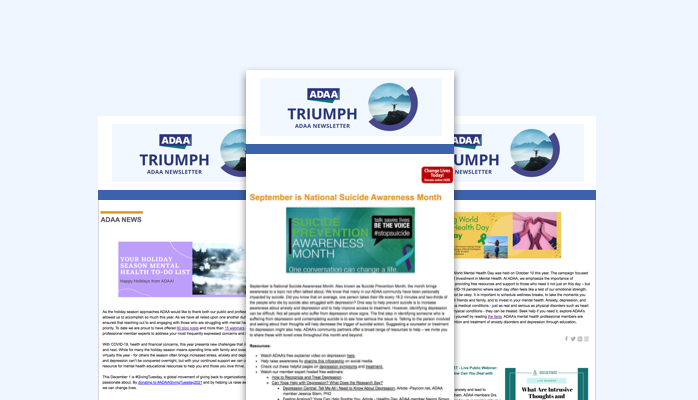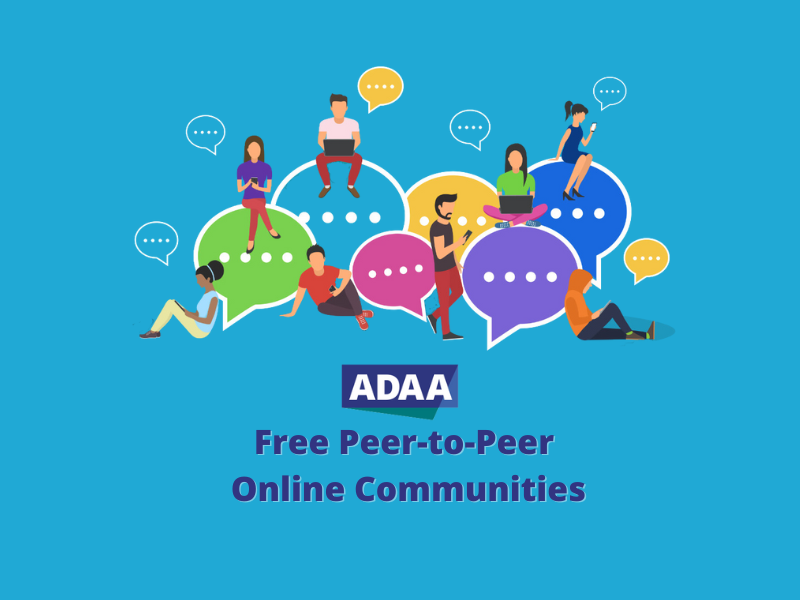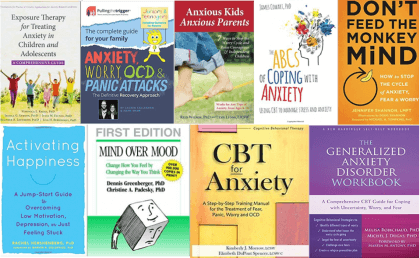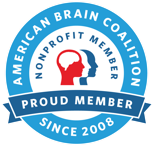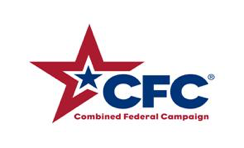New Member Books: Winter 2025
New Member Books: Winter 2025
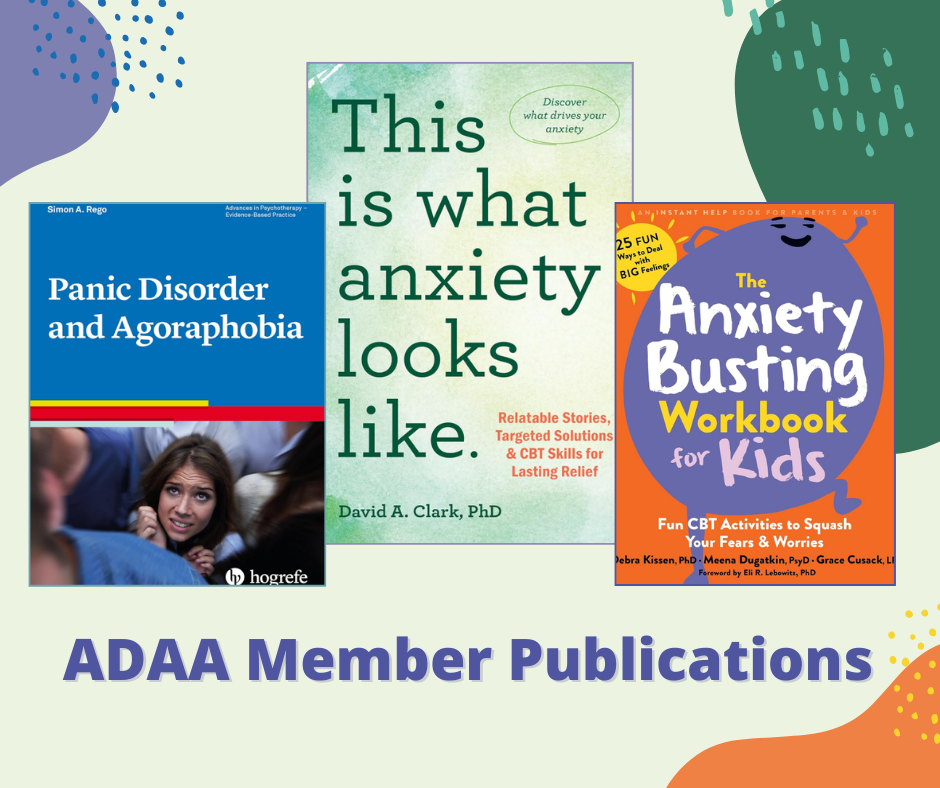
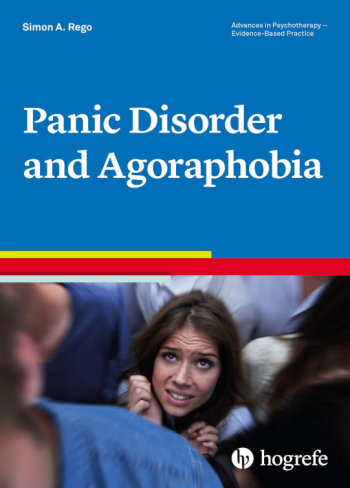
New Book Provides Updated Guidance, Insights, and Treatment for Panic Disorder and Agoraphobia
Whether a person suffers from one or the other or both, panic disorder and agoraphobia can be intensely debilitating conditions, especially if left untreated. But the fact is both are highly manageable and treatment outcomes are very effective, particularly when cognitive behavioral therapy (CBT) is used by skilled and well-trained mental health providers.
Providing his own expertise, knowledge, and years of clinical experience and evidence-based practice, Simon Rego, PsyD, ABPP, A-CBT, in his newest book, offers practical guidance, specialized insight, and adaptable strategies to tailor treatment to individual patients.
Panic Disorder and Agoraphobia (Vol 55) - Advances in Psychotherapy Evidence-Based Practice, a new volume in the Advances in Psychotherapy series, is a concise and current overview of both disorders that addresses diagnosing, assessing, and treating these conditions with the latest interventions in CBT. Described as “an ideal resource for clinical psychologists, other mental health professionals, and students,” Dr. Rego’s book includes helpful descriptions of the disorders, reviews scientific theories and models, and guides readers through the diagnostic and treatment decision-making process.
According to Dr. Rego, this book is a “fusion of classic CBT interventions based on the emotional processing model, such as in vivo and interoceptive exposure, with newer interventions taken from the inhibitory learning model of extinction, including actively learning new associations by creating violations of expectancies people have about the consequences of panic symptoms and panic attacks.”
While there are many books on evidence-based practice out there, Dr. Rego feels this particular series of books has a “great consistency across all volumes” and the publications are structured in a way that anyone reading one of them will have a sense of how the other books will unfold.
“These books are highly readable, aligned with current theories, and offer practical strategies, as well as case examples,” he said, “they’re great for busy clinicians who need to digest information efficiently.”
With a step-by-step approach, detailed case vignettes, an outline of a 12-session treatment, and downloadable worksheets, Dr. Rego’s guide can help practitioners feel more confident and qualified when working with their patients to overcome debilitating fears and anxieties, and live more fully.
Dr. Rego felt the time was right for an update which included some of the more recent advances in panic disorder and agoraphobia treatment.
“The literature hasn’t had an update with a practitioner-based book for panic in quite some time,” said Dr. Rego told ADAA, “I hope practitioners can use this book as a ‘catch up’ or refresher and hopefully it offers a few new ideas.”
Pre-order Panic Disorder and Agoraphobia (55) - Advances in Psychotherapy Evidence-Based Practice here. Release date March 30, 2025.
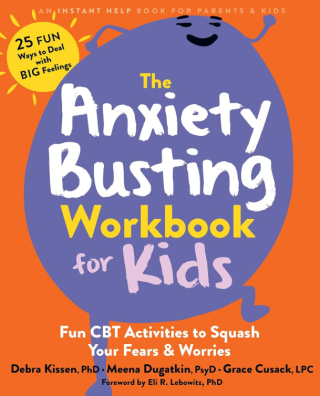
New Anxiety Workbook for Kids Doesn’t Feel Like Work - Have Fun Squashing Fears and Worries!
Just because a workbook is kid-friendly doesn’t make it fun. But a new workbook by ADAA member Debra Kissen, PhD, MHSA, and co-authors Meena Dugatkin, PsyD, and Grace Cusack, LPC (with a foreword by ADAA member Eli R. Lebowitz, PhD), is just that.
Grounded in evidence-based psychology (but we won’t tell your kids if you don’t), The Anxiety Busting Workbook for Kids: Fun CBT Activities to Squash Your Fears and Worries helps children turn anxious thoughts into curiosity, determination, and bravery.
Dr. Kissen says the workbook, which uses skills based on cognitive behavioral therapy (CBT), is “playful and interactive and helps make the topic of anxiety feel less heavy and overwhelming.”
“My co-authors and I wanted to write a book that gives children and their parents a set of tools to face fears in an approachable, fun, and empowering way,” Dr. Kissen told ADAA. “Something that helps take the mystery and fear out of anxiety, allowing kids to understand what’s happening in their bodies and minds, and giving them actionable steps to calm down and feel safe in situations that were once scary.”
Packed with 25 engaging games and activities, each chapter of the book includes a kid-friendly introduction, then jumps into kid-approved silliness (going on a Fear-Busting Scavenger Hunt or visiting the I-Scream Shop), and concludes by rewarding children for all their amazing “work” with a visit to Celebration Station! And there are prizes!
With creative exercises, relatable metaphors, and colorful illustrations that simplify complex concepts, Dr. Kissen says that she and her co-authors wanted kids to “feel excited about completing the activities, as though they’re on a fear-busting adventure.”
Anxiety isn’t something to be feared or ashamed of, Dr. Kissen added, pointing out that even children have the power to train their anxiety to work for them and not against them.
“Anxiety is just your brain’s way of trying to keep you safe, even if it gets a bit overprotective at times,” Dr. Kissen said, “but with small, brave steps, kids can teach their anxiety ‘guard dog’ to bark less.”
The Anxiety Busting Workbook for Kids is for children ages 6 to 12 and their parents, as well as teachers, school counselors, and anyone supporting a child with anxiety.
"Our hope is that the workbook helps kids, with the support of their parents, face anxiety with a flexible and playful mindset, instead of hiding from it, fighting it, or feeling stuck,” Dr. Kissen said. “With their new CBT toolbox in hand, they’ll come to see anxiety as something that might feel uncomfortable but is never dangerous or beyond their ability to manage and move past."
Order The Anxiety Busting Workbook for Kids: Fun CBT Activities to Squash Your Fears and Worries here.
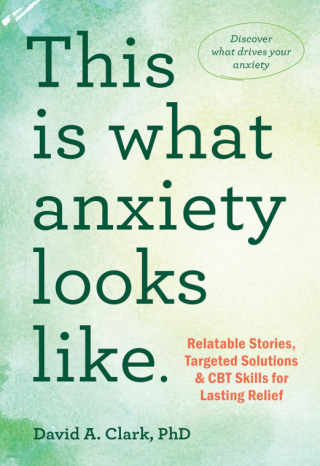
New Book Looks at ‘What Anxiety Looks Like’ Through Stories, Solutions, and CBT Skills
When psychologist and anxiety expert David A. Clark, PhD, came across over 50,000 results in an Amazon book search for “anxiety”, he did at first pause to ask himself if yet another book on the topic was needed. Thankfully he decided to publish This is What Anxiety Looks Like: Relatable Stories, Targeted Solutions, and CBT Skills for Lasting Relief.
The ADAA member’s new book, as its title suggests, takes a look at anxiety in ways many books out there do not. And it provides readers with fresh, practical, and concrete options to look at their (or perhaps a loved one’s) anxiety and face it with compassion, determination, and skill.
While not a workbook, Dr. Clark’s publication is functional. The approach to the “work” is a bit different but accessible and effective.
“I thought about all the individuals I’ve worked with over the years who just don’t like workbooks, who find them discouraging,” Dr. Clark told ADAA. “So what about a book for people who don’t want a workbook? This is What Anxiety Looks Like is not a workbook, but each chapter does include some instructions on how to use practical strategies to overcome specific features of anxiety."
Instead of worksheets and exercises, Dr. Clark, in this brief, non-academic book, incorporates engaging, relatable stories. He includes “clinical composites” which aren’t exact cases he has encountered but they represent some of the main relatable struggles people face with anxiety. He uses stories to communicate ideas and provides tips, strategies, and solutions, as well as skills based on cognitive behavioral therapy (CBT). For each story he provides three or four treatment interventions.
So what does anxiety look like?
Anxiety can look like catastrophic thinking, rumination, constant reassurance seeking, fear – whether of uncertainty, losing control or a sense of doom – and chronic avoidance, to name a few. Dr. Clark’s book outlines more than a dozen recognized categories of anxiety but what he highlights is that anxiety is an emotion and you don’t have to have a diagnosis to have an issue with anxiety. But when the issue becomes problematic, interfering with daily life or is debilitating in some way, then his book could help.
“Anxiety is an emotion like fear or sadness, but a complex emotion that can affect different aspects of our lives. There’s healthy anxiety and there’s problematic anxiety,” Dr. Clark said. “In my book, I treat anxiety as an emotion. I break it down into its core elements and look at its various features.”
This is What Anxiety Looks Like can help you:
- Identify the disturbing thoughts and habits that make your anxiety worse
- Use targeted skills to manage your symptoms
- Break the cycle of anxiety, worry, and catastrophic thinking
- Find lasting calm and peace of mind
Order This is What Anxiety Looks Like: Relatable Stories, Targeted Solutions, and CBT Skills for Lasting Relief here. Dr. Clark also writes a blog called The Runaway Mind.
View ADAA's bookstore of our members' self-help books.
Read all of the ADAA Member Book Blogs here.

